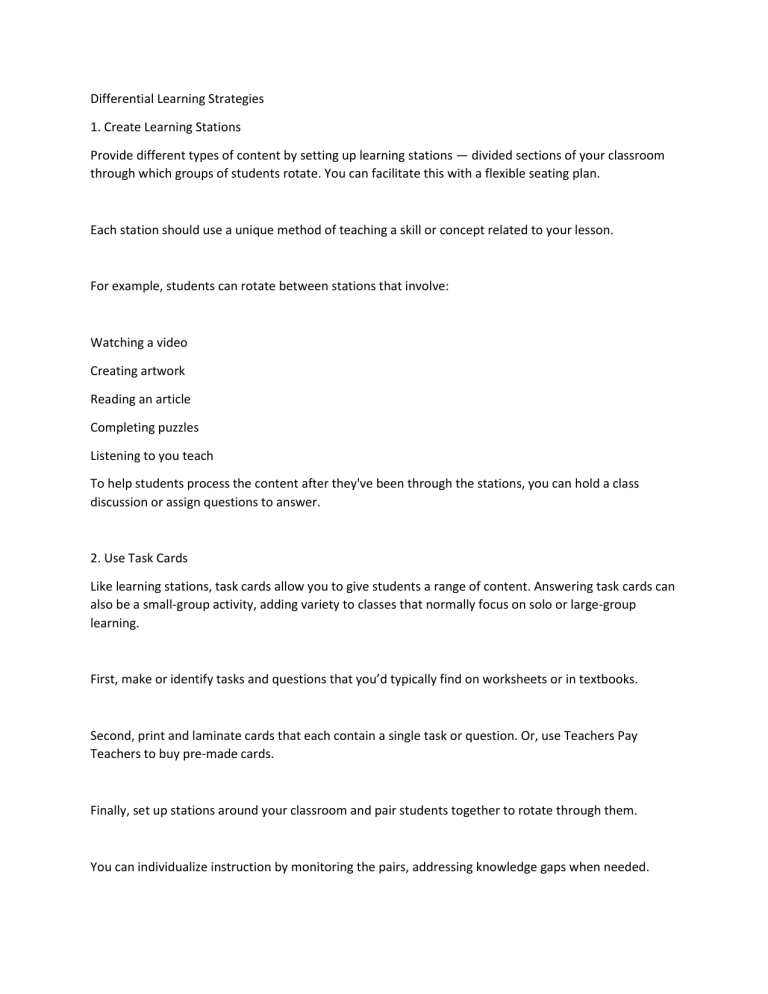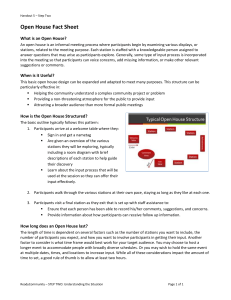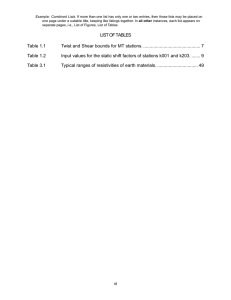
Differential Learning Strategies 1. Create Learning Stations Provide different types of content by setting up learning stations — divided sections of your classroom through which groups of students rotate. You can facilitate this with a flexible seating plan. Each station should use a unique method of teaching a skill or concept related to your lesson. For example, students can rotate between stations that involve: Watching a video Creating artwork Reading an article Completing puzzles Listening to you teach To help students process the content after they've been through the stations, you can hold a class discussion or assign questions to answer. 2. Use Task Cards Like learning stations, task cards allow you to give students a range of content. Answering task cards can also be a small-group activity, adding variety to classes that normally focus on solo or large-group learning. First, make or identify tasks and questions that you’d typically find on worksheets or in textbooks. Second, print and laminate cards that each contain a single task or question. Or, use Teachers Pay Teachers to buy pre-made cards. Finally, set up stations around your classroom and pair students together to rotate through them. You can individualize instruction by monitoring the pairs, addressing knowledge gaps when needed. 3. Interview Students Asking questions about learning and studying styles can help you pinpoint the kinds of content that will meet your class’s needs. While running learning stations or a large-group activity, pull each student aside for a few minutes. Ask about: Their favourite types of lessons Their favourite in-class activities Which projects they’re most proud of Which kinds of exercises help them remember key lesson points Track your results to identify themes and students with uncommon preferences, helping you determine which methods of instruction suit their abilities.



